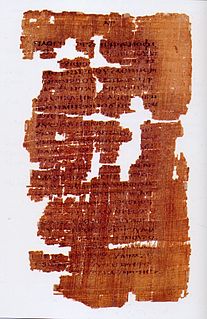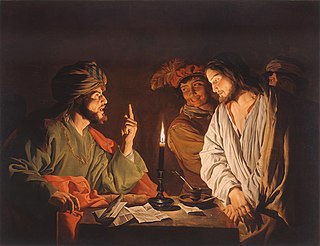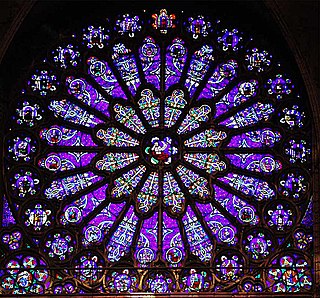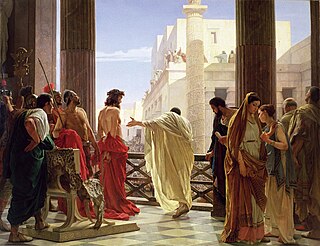 W
WThe Abgar legend, according to Christian tradition, posits an alleged correspondence and exchange of letters between Jesus Christ and King Abgar V Ukkāmā of Osroene. In the fourth century Eusebius of Caesarea published two letters which were allegedly discovered in the archives of Edessa. They claim to be an exchange of correspondence between Jesus Christ and King Abgar V which were written during the last years of Jesus' life.
 W
WHerod Antipater, known by the nickname Antipas, was a 1st-century ruler of Galilee and Perea, who bore the title of tetrarch and is referred to as both "Herod the Tetrarch" and "King Herod" in the New Testament, although he never held the title of king. He is widely known today for accounts in the New Testament of his role in events that led to the executions of John the Baptist and Jesus of Nazareth.
 W
WJoseph ben Caiaphas, known simply as Caiaphas in the New Testament, was the Jewish high priest who, according to the gospels, organized a plot to kill Jesus. He famously presided over the Sanhedrin trial of Jesus. The primary sources for Caiaphas' life are the New Testament and the writings of Josephus. Outside of his interactions with Jesus, little else is known about his tenure as high priest.
 W
WThe crucifixion darkness is an episode in three of the canonical gospels in which the sky becomes dark in daytime during the crucifixion of Jesus.
 W
WThe Crucifixion of Jesus occurred in 1st-century Judea, most likely between AD 34 and AD 35. Jesus' crucifixion is described in the four canonical gospels, referred to in the New Testament epistles, attested to by other ancient sources, and is established as a historical event confirmed by non-Christian sources, although there is no consensus among historians on the exact details.
 W
WGalilee is a region mainly located in northern Israel. Galilee traditionally refers to the mountainous part, divided into Upper Galilee and Lower Galilee.
 W
WThe New Testament provides two accounts of the genealogy of Jesus, one in the Gospel of Matthew and another in the Gospel of Luke. Matthew starts with Abraham, while Luke begins with Adam. The lists are identical between Abraham and David, but differ radically from that point. Matthew has twenty-seven generations from David to Joseph, whereas Luke has forty-two, with almost no overlap between the names on the two lists. Notably, the two accounts also disagree on who Joseph's father was: Matthew says he was Jacob, while Luke says he was Heli.
 W
WThe Holy Prepuce, or Holy Foreskin, is one of several relics attributed to Jesus, a product of the circumcision of Jesus. At various points in history, a number of churches in Europe have claimed to possess Jesus's foreskin, sometimes at the same time. Various miraculous powers have been ascribed to it.
 W
WPontius Pilate was the fifth governor of the Roman province of Judaea, serving under Emperor Tiberius from the year 26/27 to 36/37. He is best known today for being the official who presided over the trial of Jesus and ordered his crucifixion. Pilate's importance in modern Christianity is underscored by his prominent place in both the Apostles' and Nicene Creeds. Due to the Gospels' portrayal of Pilate as reluctant to execute Jesus, the Ethiopian Church believes that Pilate became a Christian and venerates him as a martyr and saint, a belief historically shared by the Coptic Church.
 W
WIn the canonical gospels, Pilate's court refers to the trial of Jesus in praetorium before Pontius Pilate, preceded by the Sanhedrin Trial. In the Gospel of Luke, Pilate finds that Jesus, being from Galilee, belonged to Herod Antipas' jurisdiction, and so he decides to send Jesus to Herod. After questioning Jesus and receiving very few replies, Herod sees Jesus as no threat and returns him to Pilate. Fearing defilement, the Jews did not enter the court, and Pilate's discussion with them occurred outside the praetorium.
 W
WThe True Cross is the name for physical remnants which, by the tradition of some Christian churches, are said to be from the cross upon which Jesus was crucified.